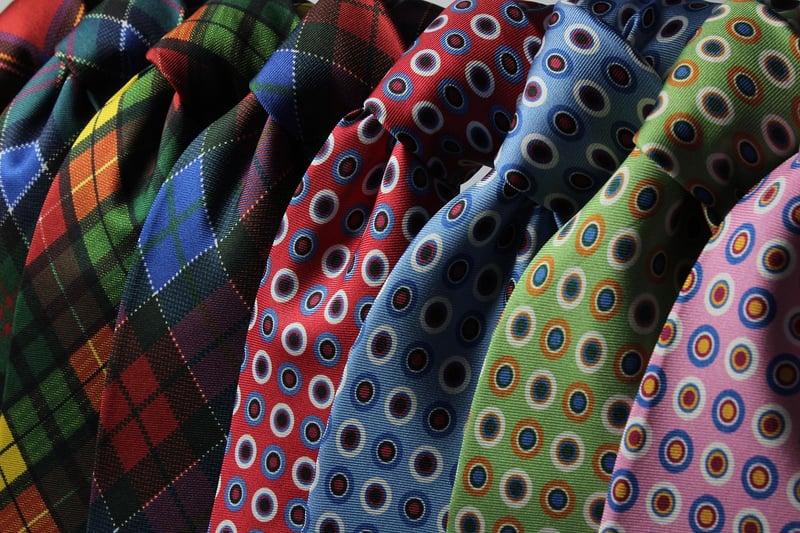Sustainable Wardrobe
The Rise of Sustainable Fashion: Embracing Recycled Materials for a Greener Wardrobe
In recent years, the fashion industry has seen a significant shift towards sustainability and eco-conscious practices. One of the key aspects driving this movement is the use of recycled materials in clothing and accessories. By incorporating recycled fabrics and other materials into their designs, fashion brands are not only reducing waste but also making a positive impact on the environment.
Benefits of Using Recycled Materials in Fashion
There are several benefits to using recycled materials in fashion:
- Environmental Impact: By using recycled materials, fashion brands can reduce the demand for new resources, decrease energy consumption, and minimize waste sent to landfills.
- Unique Designs: Recycled materials often have unique textures and characteristics that can add a creative and distinctive element to fashion pieces.
- Ethical Production: Choosing recycled materials promotes ethical production practices and supports a more sustainable supply chain.
- Educating Consumers: By promoting the use of recycled materials, fashion brands can help educate consumers about the importance of sustainability in the industry.
Examples of Recycled Materials in Fashion
There are various types of materials that can be recycled and used in fashion, including:
- Recycled polyester
- Organic cotton
- Recycled nylon
- Upcycled denim
- Recycled plastic bottles
- Repurposed leather
Building a Sustainable Wardrobe
Creating a sustainable wardrobe is not only about choosing clothing made from recycled materials but also about adopting a mindset of conscious consumption. Here are some tips for building a sustainable wardrobe:
- Buy Less, Choose Well: Invest in high-quality pieces that will last longer and transcend trends.
- Shop Secondhand: Explore thrift stores, consignment shops, and online platforms for pre-loved fashion finds.
- Support Sustainable Brands: Look for fashion brands that prioritize sustainability and transparency in their production processes.
- Care for Your Clothes: Extend the lifespan of your garments by following proper care instructions and repairing items when needed.
- Recycle and Donate: When you no longer need a clothing item, consider donating it or recycling it responsibly.
Embracing Sustainable Fashion
As consumers become more conscious of the environmental impact of their purchasing decisions, the demand for sustainable fashion continues to grow. By embracing recycled materials and building a sustainable wardrobe, individuals can contribute to a greener future for the fashion industry.

Join the movement towards sustainable fashion and make a difference with your clothing choices!
For more inspiration and information on sustainable fashion, check out The Good Trade's list of sustainable fashion brands.
